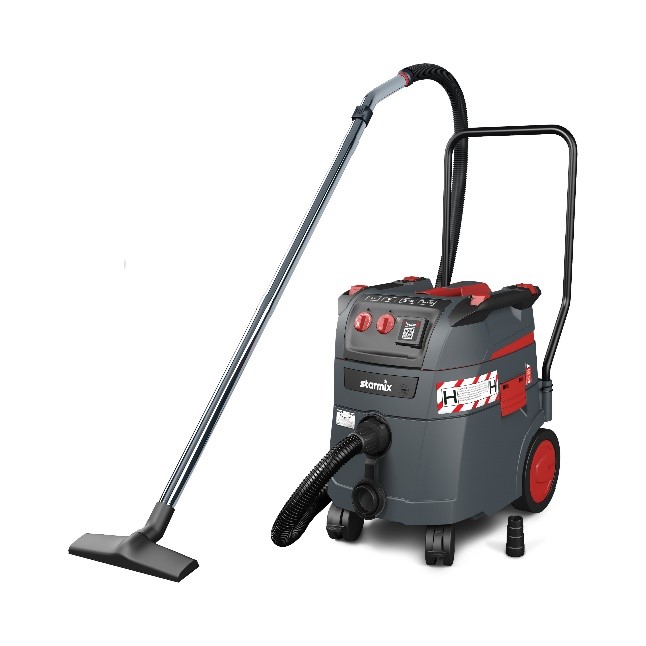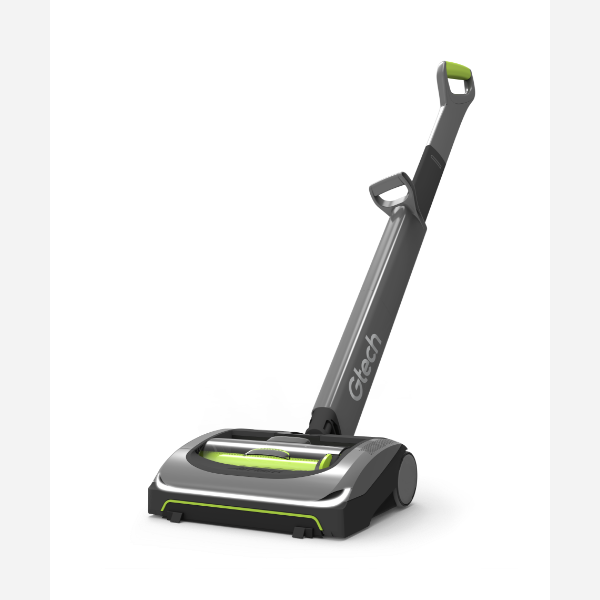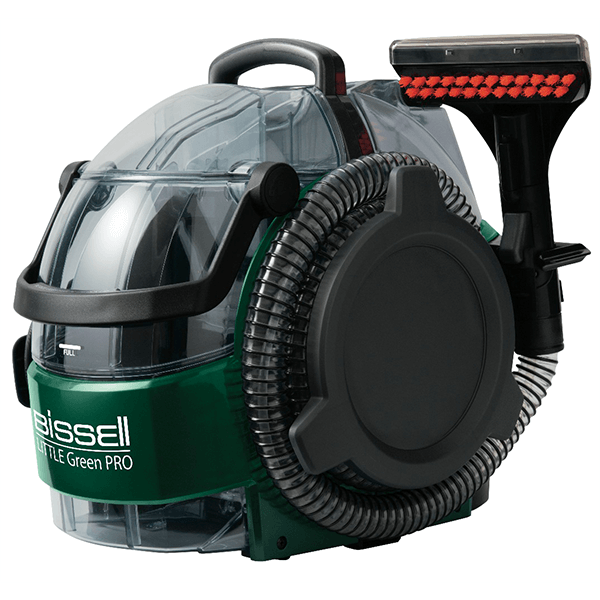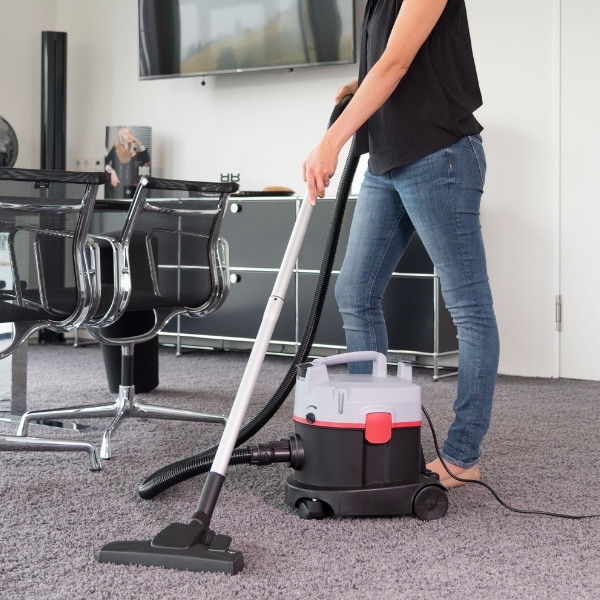Assessing the Condition of Your Vacuum Cleaner
How do i dispose of a vacuum cleaner? Before deciding how to dispose of a vacuum cleaner, assess its condition. Check if it works.Look for any parts that can be reused or recycled separately, such as the hose, metal pieces, or the dust bin. Confirm if it’s an electrical or mechanical issue. For electrical problems, recycling is often the safest method. If the vacuum is old or outdated, recycling may be the only option. Think about safety and data if your vacuum has smart technology. Personal data should be removed before disposal. Smart vacuums might have parts that local e-waste programs can recycle. Remember to check the local waste regulations to ensure proper disposal.

How Do I Dispose of a Vacuum Cleaner? Local Waste Regulations and Vacuum Disposal
It is crucial to be aware of local waste regulations when disposing of a vacuum cleaner. Regulations can vary widely by location. In some areas, you may be able to place your vacuum on the curb with your regular trash. Other regions require you to take electronics to a specific facility. To start, check with your local waste management authorities. These could be city or municipal waste services or a dedicated environmental agency. They can guide you on how to properly dispose of a vacuum cleaner according to local laws. Ignoring regulations could lead to fines or improper recycling. Often, local authorities offer schedules for e-waste pickup, which includes vacuum cleaners. Also, look out for annual or semi-annual community e-waste collection events. Visiting your city’s official website or giving them a call can provide all the necessary details. This step ensures you comply with regulations and supports environmental sustainability.
Recycling: Finding a Facility and Understanding the Process
When it’s time to recycle your vacuum cleaner, start by finding a proper facility. Use local resources or online directories to search for recycling centers that accept electronic waste. Type in ‘how do I dispose of a vacuum cleaner’ and look for official recycling programs. Next, understand the recycling process. Electronics recycling facilities often have specific guidelines. They may require you to remove batteries or clean the vacuum before dropping it off. When you find a center, call ahead to confirm their policies. Some centers strip the vacuum for usable parts. Others may refurbish usable units for resale or donation. By recycling, you ensure harmful substances don’t pollute the environment. Remember to recycle responsibly to help reduce waste and conserve resources.
Donating Your Working Vacuum Cleaner
If your vacuum cleaner still works, consider donating it. Many local charities and second-hand stores accept working vacuums. Donating helps those in need and extends the life of the vacuum. Before donating, clean the vacuum and gather all attachments. Check that the filters are in good condition, or replace them if necessary. You can search online for ‘how do I dispose of a vacuum cleaner’ to find local donation options. Call to confirm they accept electronic donations, as some might not due to hygiene reasons. Remember, donating means your vacuum will not end up in a landfill. You could also post on local community boards or online marketplaces offering the vacuum for free. Always mention that it’s in working condition. Your contribution can make a difference both to someone’s home and the environment.
Repair Rather Than Dispose: Tips and Resources
Before you decide to dispose of your vacuum cleaner, consider repairing it. Even if you’re not technically savvy, some issues may have simple solutions you can handle yourself. Start by consulting the vacuum cleaner’s manual for troubleshooting tips. Manufacturers often provide guidance for common problems, which can save you money and extend the life of your appliance.
Here are some tips and resources for repairing your vacuum cleaner:
- Check the basics first: Ensure it’s plugged in, the bag or bin isn’t full, and the filters are clean.
- Identify common issues: Look for blockages in the hose, problems with the brush roll, or overheating.
- Use online tutorials: Websites like YouTube have a range of ‘how do I dispose of a vacuum cleaner’ repair tutorials—for free.
- Reach out to the manufacturer: They may offer repair services or advice for fixing the problem yourself.
- Visit a local repair shop: Some shops specialize in small appliance repairs and may be able to fix your vacuum quickly.
- Buy spare parts online: If a specific part is broken, it may be possible to order a replacement and install it yourself.
Remember, repairing is not only good for your wallet but also beneficial for the environment. It lessens the need for new resources and reduces waste. If you lack the skills or time to repair the vacuum cleaner yourself, don’t hesitate to contact a professional. Most importantly, always prioritize safety when attempting repairs. If the repair seems too complicated, it’s best to seek professional help to avoid any risks.
How Do I Dispose of a Vacuum Cleaner? How to Dismantle a Vacuum Cleaner for Parts Recycling
When a vacuum cleaner can’t be repaired or donated, dismantling it for parts recycling is an option. Here’s how to do this responsibly and safely.
- Unplug and empty the vacuum: First, make sure the vacuum is unplugged. Empty the bag or bin of any debris.
- Gather your tools: You’ll need basic tools like screwdrivers, pliers, and perhaps a hammer.
- Remove reusable parts: Take out all detachable parts, such as hoses, attachments, and filters. These can be recycled separately.
- Sort the parts: Separate the metal, plastics, and electronic parts. Different materials require different recycling processes.
- Handle the cord and motor with care: Electrical parts like the cord and motor might need special handling. Check with local regulations or recycling centers.
- Stay safe: Wear gloves to protect your hands from sharp edges and dust.
- Dispose of non-recyclables: Not all vacuum parts are recyclable. Dispose of non-recyclable components as per local guidelines.
Dismantling a vacuum cleaner can be a straightforward process, but always check with your local recycling center for specific instructions. This step allows you to contribute to parts recycling and environmental conservation. With the keyword ‘how do I dispose of a vacuum cleaner’, you can often find more detailed instructions specific to your vacuum model or brand.

How Do I Dispose of a Vacuum Cleaner? Upcycling Ideas for Old Vacuum Cleaners
When ‘how do I dispose of a vacuum cleaner’ is your query, upcycling should come to mind. Upcycling is the creative process of transforming old items into something new and useful. It’s a fantastic way to give your old vacuum cleaner a second life and keep it out of the landfill. Here are some creative ideas to upcycle your old vacuum cleaner:
- Transform into a Planter: Remove the internal components and use the outer shell as a quirky planter. It’s a conversation starter!
- Make a Lamp: With some wiring skills, you could turn the vacuum’s body into a unique floor lamp.
- Create a Sculpture: Attach various parts to create an interesting sculpture for your garden or home.
- Build a Toy: The sturdy parts of a vacuum cleaner can be used to build a durable toy for children.
- Design Furniture: The handle and wheels can make a funky chair or a rolling cart for tools.
- Craft Storage Solutions: Use the hose and attachments as an innovative system to organize wires or small tools.
Before starting any upcycling project, ensure the vacuum cleaner is clean and free from debris. And remember, creativity is key – use these ideas as a jumping-off point to invent your own unique upcycle designs. Not only will you be reducing waste, but you’ll also be adding a personal touch to your home with a product that tells a story. Plus, by repurposing your old vacuum, you’re contributing to a more sustainable environment, which is something we can all stand behind.
How Do I Dispose of a Vacuum Cleaner? The Environmental Impact of Vacuum Disposal
When it comes to disposing of a vacuum cleaner, environmental impact is a vital consideration. Each year, countless vacuums reach the end of their life cycle. Without proper disposal, they add to the growing problem of e-waste. Vacuums contain plastics, metals, and sometimes batteries. These materials can harm the environment if not handled correctly.
Vacuums often have non-biodegradable plastics that take centuries to break down. Dumping these in landfills results in long-term pollution. The metals, if not recycled, are a waste of resources. They could be reprocessed and used again. Batteries pose a big risk, as they can leak harmful chemicals into the ground. These toxins may seep into water supplies and damage ecosystems.
By disposing of vacuums responsibly, you can minimize these risks. Recycling programs dismantle vacuums to recover materials. Reusable parts are separated and melted down for new products. This process reduces the need for new raw materials.
Upcycling is another sustainable option. It gives old vacuums a new purpose. This creative solution cuts down on waste. It also saves energy and resources needed to produce new goods. Most importantly, it helps in the fight against climate change. By keeping vacuums out of landfills, upcycling reduces greenhouse gas emissions.
In conclusion, the environmental impact of just tossing out a vacuum is significant. It’s important to seek out environmentally sound disposal methods. This ensures materials are either recycled or upcycled. By doing so, you contribute to a cleaner, more sustainable planet. Next time you find yourself asking ‘how do I dispose of a vacuum cleaner‘, remember that your choice makes a difference.



